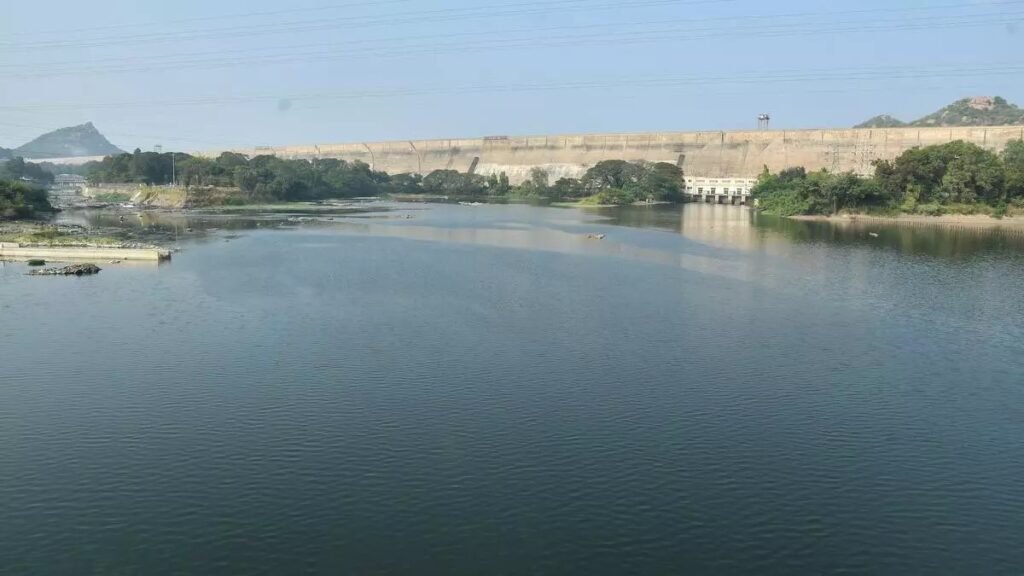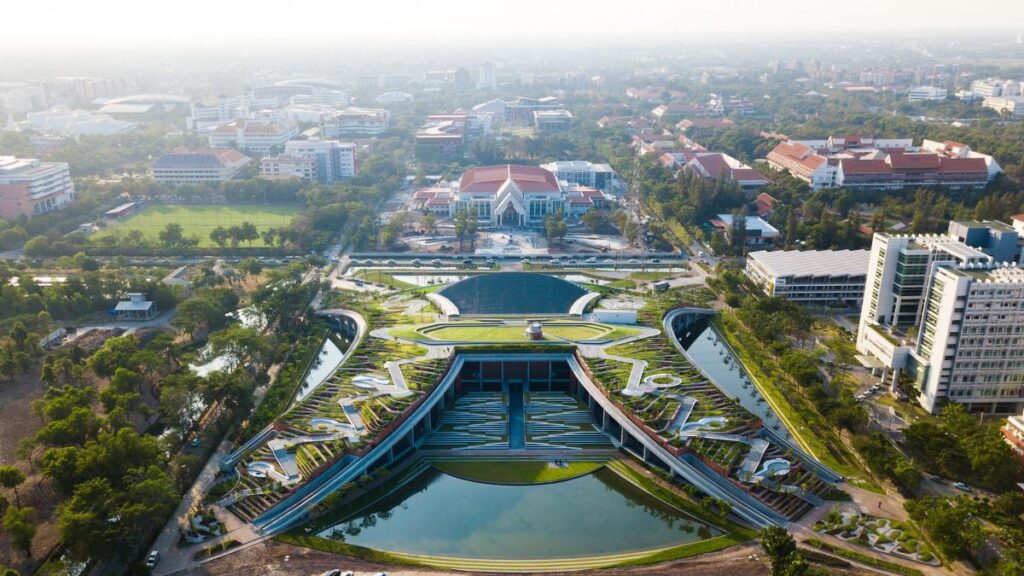
Water scarcity and the need for efficient water management have become pressing issues globally, with India being no exception. As the demand for water continues to rise due to population growth, urbanization, and industrialization, investing in quality water storage solutions has emerged as a crucial strategy for sustainable development and economic growth in India. This article explores the long-term economic benefits of utilizing high-quality water storage systems, focusing on cost savings through reduced maintenance and improved health outcomes.
Long-Term Economic Benefits
Improved Water Security:
Investing in quality water storage solutions enhances water security by mitigating the risks associated with erratic rainfall patterns and seasonal variations. In India, where agriculture remains a vital sector employing a significant portion of the population, reliable access to water throughout the year is essential for crop cultivation and food security. By storing water efficiently during rainy seasons and using it judiciously during dry periods, farmers can increase their yield and income stability.
Cost Savings in Agriculture:
Farmers often rely on groundwater extraction through pumps, which can be costly and unsustainable. High-quality water storage solutions such as reservoirs, tanks, and ponds allow for rainwater harvesting and surface water storage. This reduces dependence on groundwater, lowering pumping costs and preserving aquifer levels. Over time, these savings translate into lower operational expenses for farmers, contributing to overall economic resilience in the agricultural sector.
Reduced Infrastructure Costs:
Municipalities and urban areas can benefit significantly from investing in quality water storage systems. By capturing and storing rainwater for non-potable uses such as landscaping, toilet flushing, and industrial processes, cities can reduce demand on treated water sources. This reduces the need for costly expansions of water treatment plants and distribution networks, thereby saving taxpayer money and ensuring more efficient use of public resources.

Cost Savings from Reduced Maintenance
Durability and Longevity:
High-quality water storage solutions are built to last, with materials designed to withstand weathering and corrosion. Unlike traditional systems that may require frequent repairs and replacements, investing in durable storage options minimizes maintenance costs over the long term. This is particularly advantageous for rural communities and small-scale industries that often lack the resources for regular upkeep.
Operational Efficiency:
The current water storage systems are designed with advanced technologies, such as automated monitoring and maintenance systems. These advancements optimize operations, minimizing the requirement for manual intervention and related labor expenses. By ensuring optimal water levels and quality, these systems prolong equipment lifespan and enhance overall efficiency, thereby maximizing cost-effectiveness.
Better Health Outcomes
Safe Drinking Water:
Access to clean and safe drinking water is essential for public health. Quality water storage solutions prevent contamination and bacterial growth, ensuring that stored water remains potable and safe for consumption. This reduces the incidence of waterborne diseases such as diarrhea and cholera, which are prevalent in communities lacking proper sanitation infrastructure.
Improved Sanitation Facilities:
In rural and peri-urban areas, where access to sanitation facilities is limited, quality water storage solutions support the construction of hygienic toilets and washing facilities. This promotes better hygiene practices and reduces the spread of communicable diseases, leading to improved health outcomes and reduced healthcare expenditures.

Conclusion
Investing in quality water storage solutions in India offers substantial economic benefits across various sectors. From agriculture to urban infrastructure and public health, these solutions contribute to sustainable development by conserving water resources, reducing operational costs, and improving overall efficiency. By prioritizing the adoption of high-quality water storage systems, India can enhance its resilience to water scarcity while fostering long-term economic growth and improving the quality of life for its citizens.


